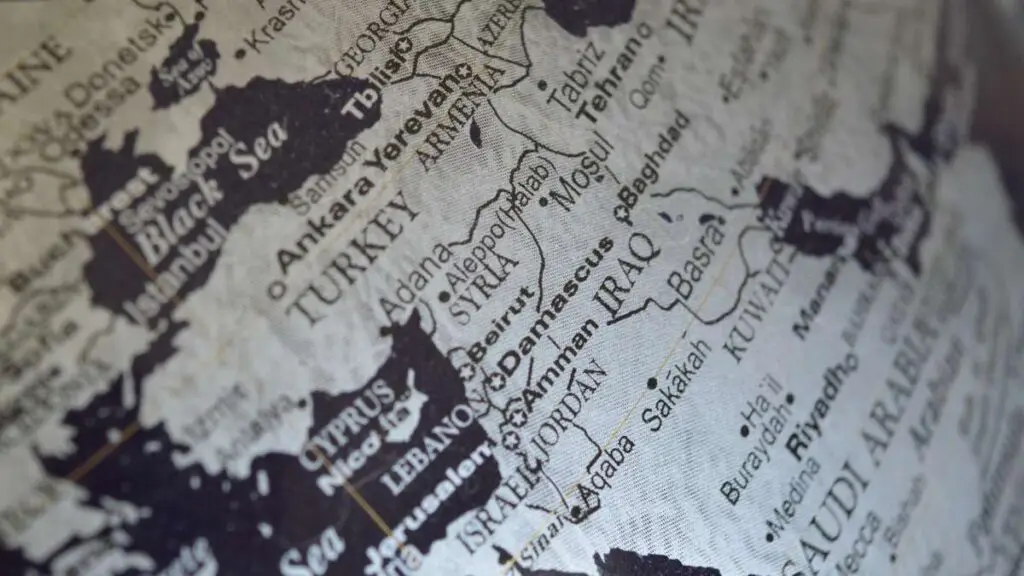By Monisha Rajesh
The Telegraph
May 12, 2016
It was refreshing not to be in the constrained confines of Pyongyang, but in a more natural environment watching people go about their daily routine unhindered. However, the narrative is never as linear as it seems. It helped that we were travelling with Geoffrey Cain, a former journalist and author, now studying for a doctorate in Korean Studies.
Cain explained how North Korean towns and villages operate on a tiered system – if you’re from a politically favoured family, you get the privilege of living in Pyongyang, whereas those lower down the scale must live elsewhere. The privileged also receive access to better education and infrastructure – which includes railway lines. So even though the towns we passed seemed lovely, the houses sturdy and the people even more so, these areas were significantly more prosperous than others.
Read more about a train journey through North Korea at The Telegraph
See Also:





